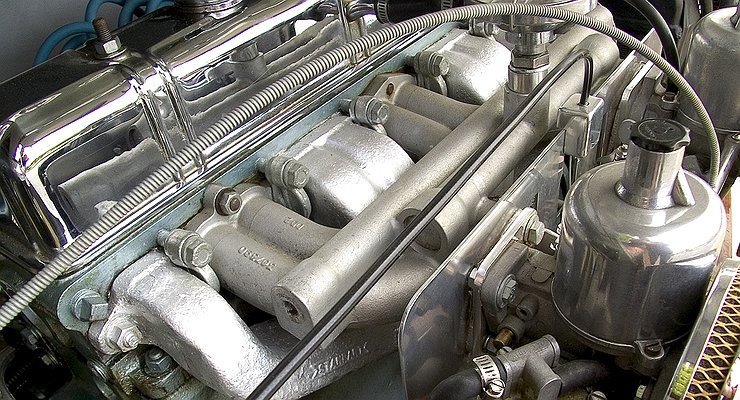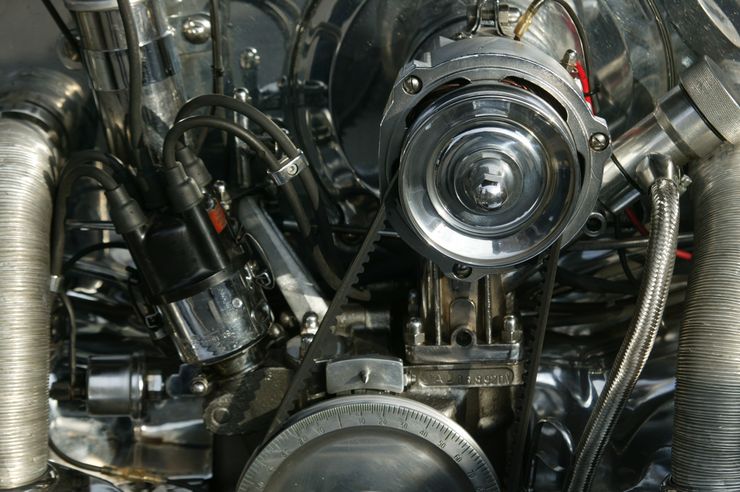What engine speed should be maintained in winter
- November 17, 2022
- 0
Winter is a difficult period for both the car’s power units and the driver. Few motorists remember that not only durability, but also the safety of the driver
Winter is a difficult period for both the car’s power units and the driver. Few motorists remember that not only durability, but also the safety of the driver

It is believed that the optimum speed range of a naturally aspirated engine is in the range of 2500-4500 rpm. For a turbocharged engine, the lower limit can be reduced to 2100 rpm. Be that as it may, it is most useful for each motor to run and deliver about 50-70% of its maximum torque. The above is completely true for winter use. With the caveat that when driving an engine that has not yet had time to warm up, it is worth keeping the revs lower – in the region of 2500 rpm. All of the above is easy to implement on a vehicle with a manual transmission. And the owners of cars with “automatic machines” of various types can say that for them “stories” about engine speed are meaningless.
For example, the machine itself chooses which gear to switch to. Accordingly, the person behind the wheel would not be able to influence the speed of the “engine”. Indeed, most car brains are tuned to run the engine at the lowest possible (in any given situation) speed. For this, the gearbox always strives to shift into the highest possible gear. They have been tuned this way by car manufacturers in their illusory pursuit of sustainability. Nevertheless, most automatic transmissions still allow the driver to influence engine speed, suppressing the powerplants’ desire to “idle” too much. Unless, on very budget models of cars, their “automatic machines” do not have a gearbox called “sport”.
The rest usually have it. Meanwhile, by putting the transmission in “sport” mode, we force it to always, at any speed, maintain a lower gear and, accordingly, a slightly increased engine speed. For some cars “in sports”, the engine does not lower the revs below 2000, for others it remains at least 2500. Some “automatic machines” imply the possibility of manual gear changes. Everything is simple here: the driver himself clicks them with the button or by swinging the gearbox joystick, maintaining the optimum speed of the “motor”. The result is the same: the engine operates in its optimal mode. As a result, he lives longer. Although, of course, it consumes a little more fuel.
Note that it is especially helpful to keep the engine speed slightly elevated in winter. In this case, he can quickly release more power – for example, make a quick maneuver if necessary. But most importantly, on a slippery winter road, it may be necessary to slow down smoothly so that the car is not “dragged” due to loss of grip. This is very convenient and safe by braking on the engine. With an almost “idle” engine, such a technique cannot be performed, it is possible only at higher speeds. Therefore, in winter it is especially recommended to constantly drive an “engine”, the crankshaft of which rotates at a speed of 2500 rpm and slightly higher. There will be targets for both the engine and the car as a whole, and the driver with passengers.

It is believed that the optimum speed range of a naturally aspirated engine is in the range of 2500-4500 rpm. For a turbocharged engine, the lower limit can be reduced to 2100 rpm. Be that as it may, it is most useful for each motor to run and deliver about 50-70% of its maximum torque. The above is completely true for winter use. With the caveat that when driving an engine that has not yet had time to warm up, it is worth keeping the revs lower – in the region of 2500 rpm. All of the above is easy to implement on a vehicle with a manual transmission. And the owners of cars with “automatic machines” of various types can say that for them “stories” about engine speed are meaningless.
For example, the machine itself chooses which gear to switch to. Accordingly, the person behind the wheel would not be able to influence the speed of the “engine”. Indeed, most car brains are tuned to run the engine at the lowest possible (in any given situation) speed. For this, the gearbox always strives to shift into the highest possible gear. They have been tuned this way by car manufacturers in their illusory pursuit of sustainability. Nevertheless, most automatic transmissions still allow the driver to influence engine speed, suppressing the powerplants’ desire to “idle” too much. Unless, on very budget models of cars, their “automatic machines” do not have a gearbox called “sport”.
The rest usually have it. Meanwhile, by putting the transmission in “sport” mode, we force it to always, at any speed, maintain a lower gear and, accordingly, a slightly increased engine speed. For some cars “in sports”, the engine does not lower the revs below 2000, for others it remains at least 2500. Some “automatic machines” imply the possibility of manual gear changes. Everything is simple here: the driver himself clicks them with the button or by swinging the gearbox joystick, maintaining the optimum speed of the “motor”. The result is the same: the engine operates in its optimal mode. As a result, he lives longer. Although, of course, it consumes a little more fuel.
Note that it is especially helpful to keep the engine speed slightly elevated in winter. In this case, he can quickly release more power – for example, make a quick maneuver if necessary. But most importantly, on a slippery winter road, it may be necessary to slow down smoothly so that the car is not “dragged” due to loss of grip. That is very convenient and safe by braking on the engine. With an almost “idle” engine, such a technique cannot be performed, it is possible only at higher speeds. Therefore, in winter it is especially recommended to constantly drive an “engine”, the crankshaft of which rotates at a speed of 2500 rpm and slightly higher. There will be targets for both the engine and the car as a whole, and the driver with passengers.
Source: Avto Vzglyad
Donald Salinas is an experienced automobile journalist and writer for Div Bracket. He brings his readers the latest news and developments from the world of automobiles, offering a unique and knowledgeable perspective on the latest trends and innovations in the automotive industry.